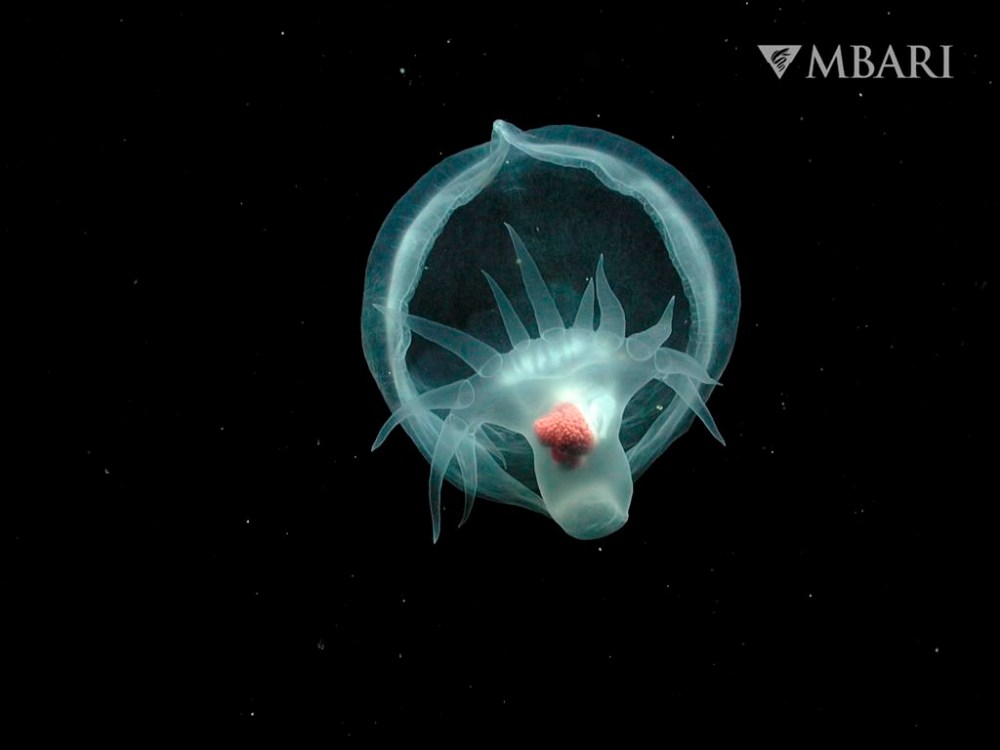California researchers discover mysterious, gelatinous new sea slug
Advertisement
Read this article for free:
or
Already have an account? Log in here »
To continue reading, please subscribe:
Monthly Digital Subscription
$0 for the first 4 weeks*
- Enjoy unlimited reading on winnipegfreepress.com
- Read the E-Edition, our digital replica newspaper
- Access News Break, our award-winning app
- Play interactive puzzles
*No charge for 4 weeks then price increases to the regular rate of $19.00 plus GST every four weeks. Offer available to new and qualified returning subscribers only. Cancel any time.
Monthly Digital Subscription
$4.75/week*
- Enjoy unlimited reading on winnipegfreepress.com
- Read the E-Edition, our digital replica newspaper
- Access News Break, our award-winning app
- Play interactive puzzles
*Billed as $19 plus GST every four weeks. Cancel any time.
To continue reading, please subscribe:
Add Free Press access to your Brandon Sun subscription for only an additional
$1 for the first 4 weeks*
*Your next subscription payment will increase by $1.00 and you will be charged $16.99 plus GST for four weeks. After four weeks, your payment will increase to $23.99 plus GST every four weeks.
Read unlimited articles for free today:
or
Already have an account? Log in here »
Hey there, time traveller!
This article was published 13/11/2024 (355 days ago), so information in it may no longer be current.
MONTEREY, Calif. (AP) — More than two decades after spotting a mysterious, gelatinous, bioluminescent creature swimming in the deep sea, California researchers this week announced that it is a new species of sea slug.
The Monterey Bay Aquarium Research Institute posted video online of the new sea slug floating gently in the depths.
Using a remote vehicle, scientists with the institute first noticed what they called a “mystery mollusc” in February 2000 at a depth of 8,576 feet (2,614 meters) in the Pacific.

“With a voluminous hooded structure at one end, a flat tail fringed with numerous finger-like projections at the other, and colorful internal organs in between, the team initially struggled to place this animal in a group,” the institute said in a statement Tuesday.
After reviewing more than 150 sightings of the creature and studying it in a lab, researchers determined it was a new type of nudibranch, or sea slug. It lives in the so-called midnight zone, an area of deep ocean known for “frigid temperatures, inky darkness, and crushing pressure,” the statement said.
The findings were published in the journal Deep-Sea Research Part I.

